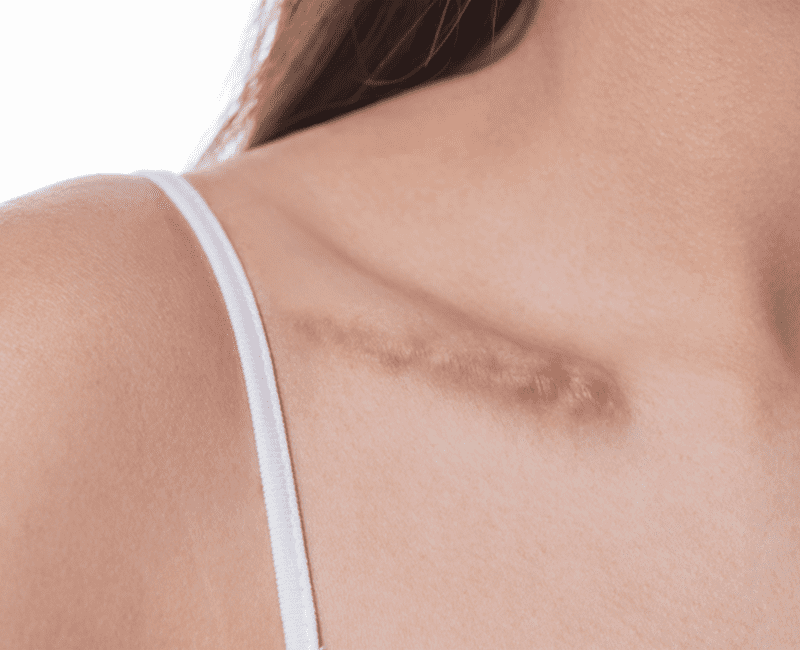
Traumatic scars are a result of injuries that penetrate the skin deeply enough to cause damage to the underlying tissues. These injuries can occur due to accidents, surgery, burns, or other forms of trauma. Scarring is a natural part of the healing process, where the body produces collagen to repair the damaged skin. However, the formation and appearance of scars can vary significantly depending on factors like the nature of the injury, the location on the body, and the individual’s skin type.
While some scars fade over time, others may become prominent and even cause discomfort or psychological distress. Understanding the causes, types, and treatment options for traumatic scars is essential for managing their appearance and mitigating their impact.
Traumatic scars are caused by a variety of injuries that damage the skin and underlying tissues. Some common causes include:
Traumatic scars can vary in appearance and severity, depending on the nature of the injury and the individual’s healing process. The main types of traumatic scars include:
Treating traumatic scars can be challenging, and the effectiveness of treatment varies depending on the type and severity of the scar. Several options are available to improve the appearance of scars and reduce discomfort:
Traumatic scars can have a significant impact on an individual’s physical appearance and emotional well-being. While scars are a natural part of the healing process, their appearance can be minimized through various treatment options.
Early intervention and proper care are key to managing traumatic scars effectively. Consulting with a dermatologist or plastic surgeon can help determine the most appropriate treatment plan based on the type and severity of the scar, leading to improved outcomes and greater confidence for those affected.
Address:
Door No. 8-2-293/82/A/725/A, Beside FMS INTERNATIONAL DENTAL CENTER Road No. 37, Hitech City Rd, near Daspalla Hotel, CBI Colony, Jubilee Hills, Hyderabad, Telangana 500033
Email: [email protected]
Email: [email protected]